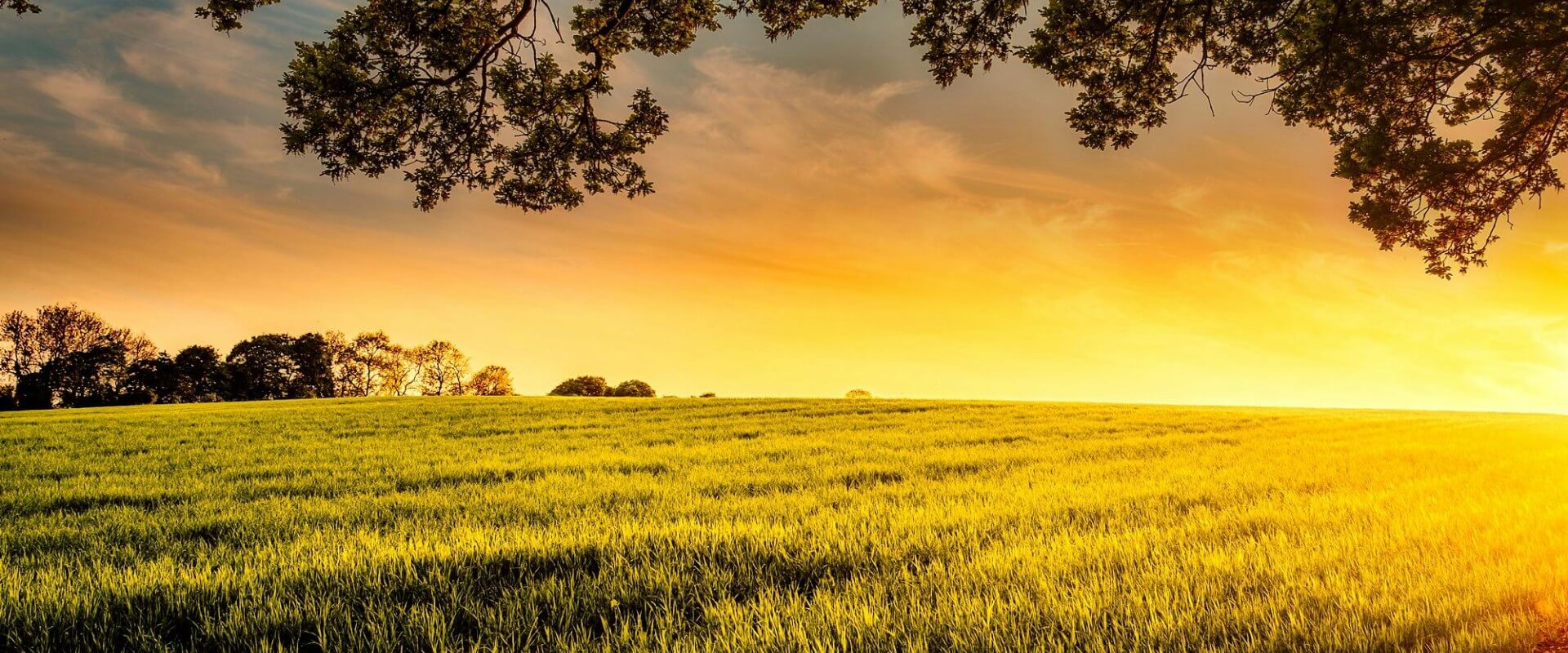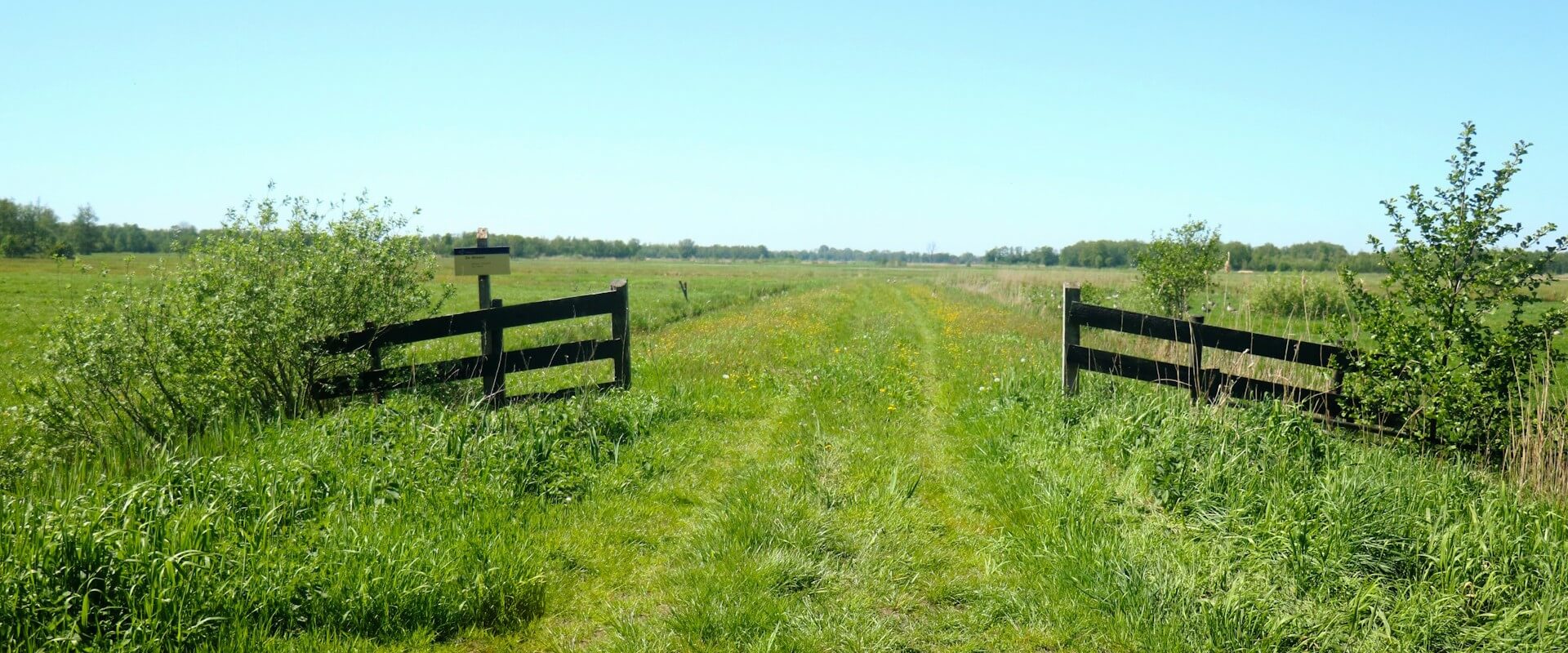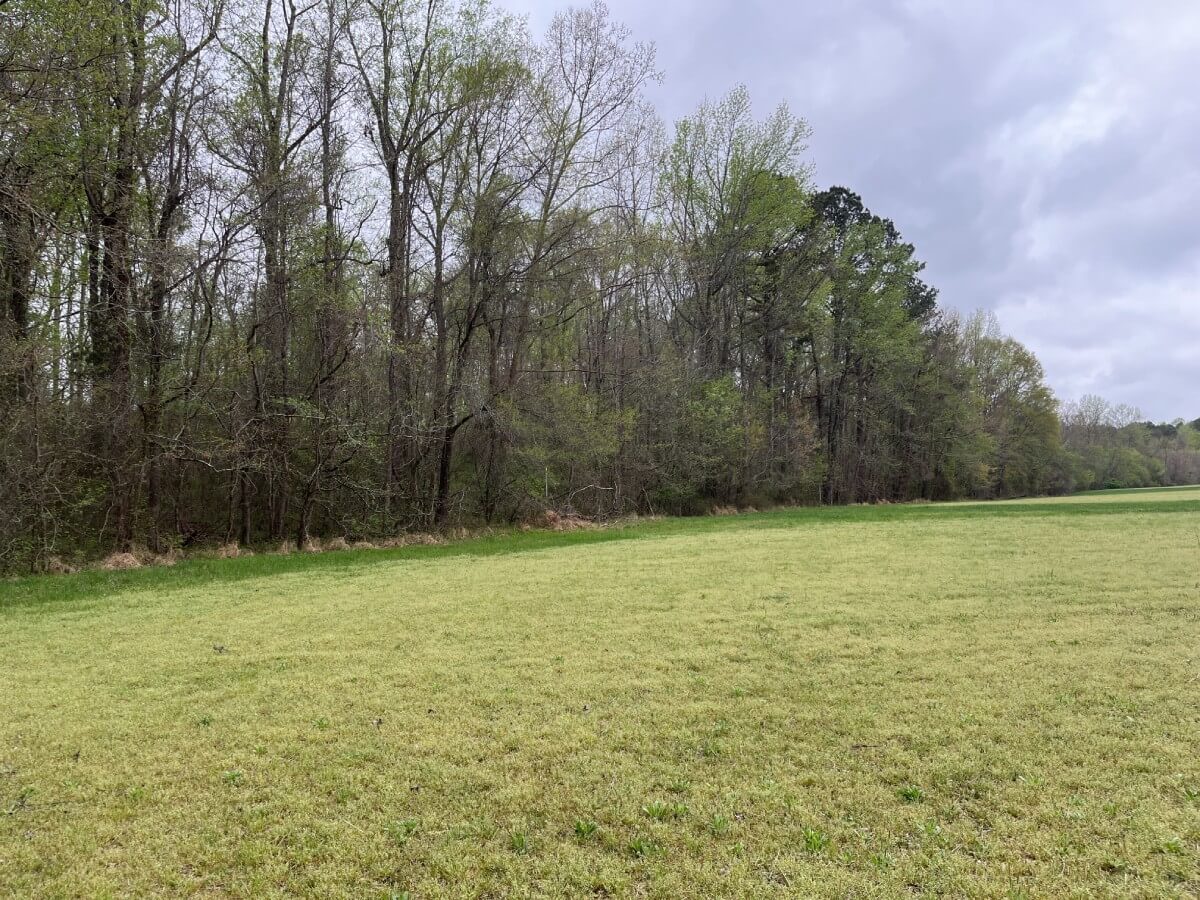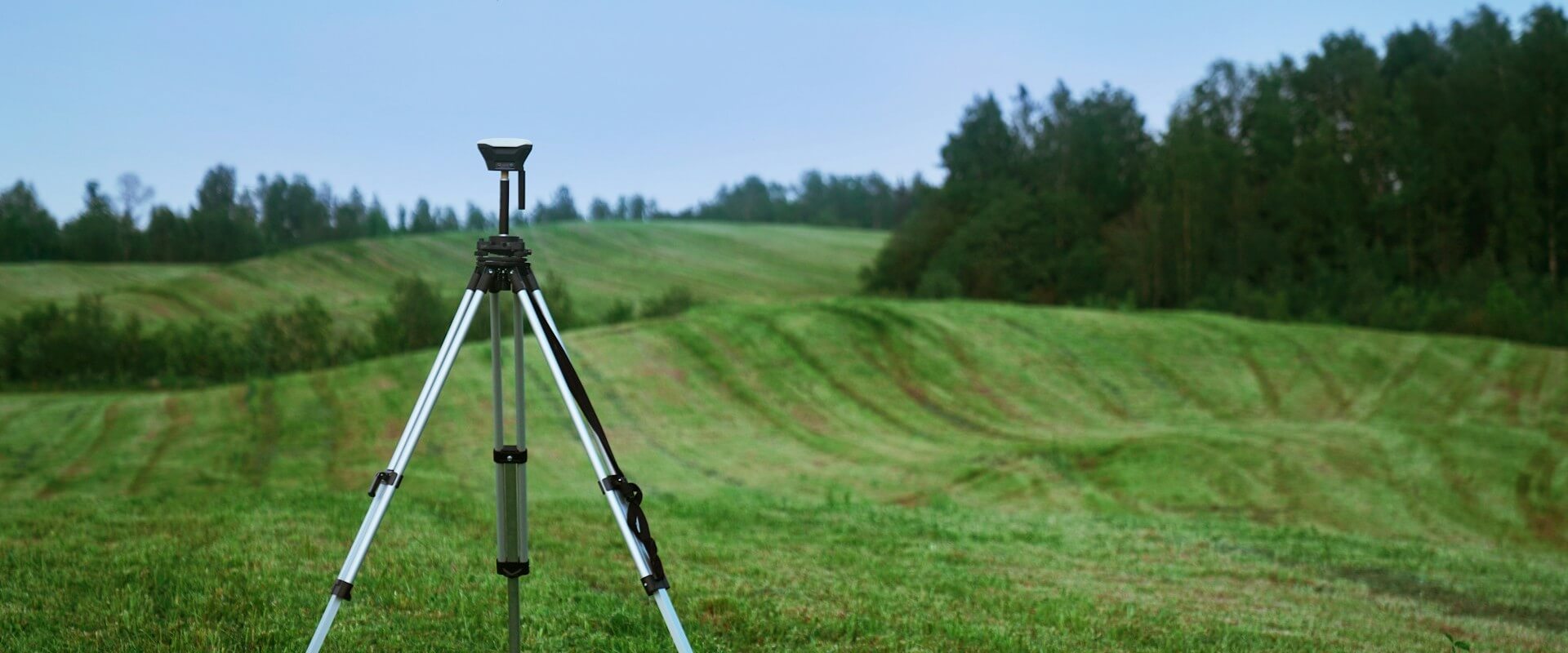 We are proud to present our 2024 Annual Report which highlights our work to restore and conserve land and water across the country. This year, we expanded our work to new states with exciting projects that protect vulnerable species, preserve local history, expand water quality benefits, and conserve working lands.
We are proud to present our 2024 Annual Report which highlights our work to restore and conserve land and water across the country. This year, we expanded our work to new states with exciting projects that protect vulnerable species, preserve local history, expand water quality benefits, and conserve working lands.
2024 was also a year of transition for Unique Places to Save. As we navigated these changes, our team took the opportunity to reaffirm the core goals and principles that define who we are and what we strive to achieve.
We are incredibly proud of our team's unwavering focus, resilience, and capability. In the face of an ever-evolving environmental landscape, we remain committed to adapting and growing to best serve our mission.
Restore and Conserve Land & Water

The foundation of Unique Places to Save rests on our mission to restore and conserve land and high-quality aquatic resources. We believe in a comprehensive approach to conservation that recognizes the interconnectedness of ecosystems and the importance of permanently protecting our natural resources.
To help visualize the impact of our work, we have created a simple badge system. Each project earns badges that represent its specific contributions to restoration and conservation, providing a clear and concise way to understand the scope of our work.
At the heart of this system are the "Restore" and "Conserve" badges. At least one of these two badges are awarded to every project we undertake, signifying our commitment to not only protecting these vital resources but also actively working to improve their health and resilience.
In 2024, we celebrated the completion of nine projects, resulting in the conservation of over 13 miles of streams and more than 320 acres of land. Our conservation efforts prioritize the permanent protection of restored aquatic systems and productive working lands. We strive to create lasting solutions that ensure the long-term health of these ecosystems while also providing opportunities for public access and enjoyment.
Lead through Innovation & Science

In a time of shifting environmental regulations and policies, including the challenges posed by the Sackett vs EPA decision, Unique Places to Save is committed to leading the way through innovation and science-based approaches.
We recognize the critical importance of restoring and conserving our natural resources. These efforts are vital to the health and well-being of our communities. Clean water, thriving ecosystems, and a sustainable future are all interconnected, and we are dedicated to playing our part in achieving these goals.
Innovation is at the heart of everything we do at Unique Places to Save. We constantly seek new and improved methods for achieving our conservation goals. A key component of our innovative approach is our reliance on the best available science and rigorous decision-making processes. This allows us to objectively evaluate existing practices, identify areas for improvement, and explore new and creative solutions.
Our commitment to innovation empowers us to:
- Develop comprehensive and effective solutions to complex environmental challenges.
- Foster a collaborative and proactive approach to conservation, both within our organization and with our partners.
- Challenge conventional thinking and adapt to the ever-changing regulatory landscape.
Our accomplishments in 2024 reflect this commitment, but we're not stopping there. Our plans for 2025 are even more ambitious, with projects that will significantly expand our impact. We are driven by a sense of urgency and an understanding that the future depends on our actions today.
Operate with Permanence & Sustainability

Unique Places to Save is dedicated to operating with a long-term vision, ensuring the permanence and sustainability of our organization and the conservation efforts we undertake. We believe in building a strong foundation that will allow us to continue our work for generations to come.
Throughout 2024, we focused on strengthening our financial position. For instance,our stewardship funds grew by over 20% from the previous year and now exceed $3.5 million. This type of financial stability is essential for our conservation efforts and stewardship responsibilities that have been entrusted to us.
We understand our work carries a perpetual responsibility to our supporters, partners, and the communities we serve. Therefore, we are committed to building an organization that is financially sound, operationally efficient, and is guided by strong ethical principles. This requires careful planning, responsible resource management, and the cultivation of enduring partnerships that will support our work through the inevitable changes and challenges that lie ahead.
About the Author
Dr. Christine Pickens is a wetland ecologist with over 15 years of experience managing a diversity of projects across the US focused on ecological research, restoration project management, and partnership building. Her current on-the-ground efforts are focused on multi-disciplinary coordination of dam removal and conservation of imperiled wetland types while expanding public access to and understanding of nature through park development and educational outreach.
Learn More





